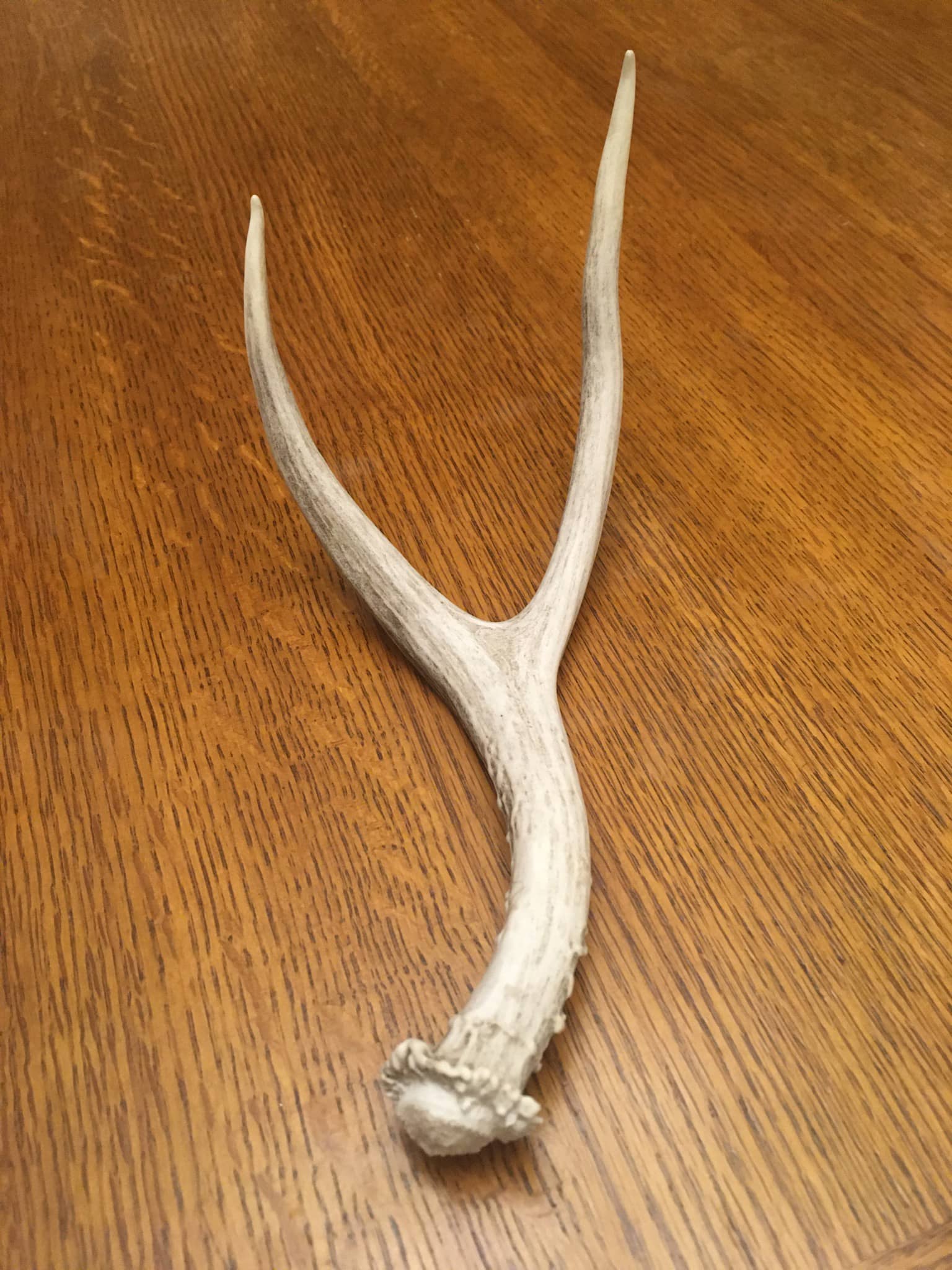
By Nick Simonson
My four-year-old son calls it an “adventure.”
Which, being of much slighter stature, and not as familiar with the rise and fall of the hillsides in the small drainage just outside of our housing development, the thirty-minute hike we take from time-to-time probably is a grand trek when perceived from his vantage point. With the top of the hills hayed in late summer, the open area above the brome-and-milkweed covered slopes with the public trail winding through the last stretch of undeveloped land gives him a chance to run around in the open, and with a little boost, he balances at the top of some of the bales along the fence line before jumping down to me.
Over the past three years, the houses have sprung up around the steep draws loaded with buffalo berry, elm, boxelder and oak trees and more and more people bike, hike and wander along the unposted draws from the time the snow melts in spring until it returns in winter. With the increased development, the number of pheasants, coyotes, whitetail and mule deer have also decreased in the same areas, which a decade ago, according to a friend, were often bow hunted by those sportsmen that knew of the close-by opportunity. While it’s likely that the steep hillsides will continue to serve as a series of nature trails for the public and eventually join those officially designated multi-use paths further down the valley, the amount of nature in them will continue decreasing with the development going on around them, up to the last usable edge.
The larger fauna – deer, coyotes, fox and the like – have already made much of their move to the next draw up the new blacktop road, where only a plat of a future development exists at this time. The smaller stuff remains: squirrels, songbirds and the occasional owl that comes up and sits on the neighbor’s house at three in the morning and hoots until dawn, before flying back down into the valley when I walk the dogs around the block. It still remains a pleasant hike, particularly this time of year when the trees turn color and from a point at the far side of the walking path, the bottoms below begin to look like a river of yellow, gold, brown and red, and it provides entertainment and excitement for a preschooler as grasshoppers jump out of his way and the wind carries off the payload from a well-shaken milkweed pod.
Sometimes though, it even holds a surprise, as it was the case for the both of us as I loaded my boy up on my shoulders to begin the walk through a stretch of Canadian thistle on the hillside between the terminus of the hiking trail and the beginning of the paved road that leads home. Coming up a rise along the barbed wire fence that hems in an old stock pond, I glanced down into the narrow trail used more now by neighborhood kids and less by deer and caught the glint of two white points sticking out from the grass at its edge. Setting my son down next to it, I asked him what it was.
“Spikes!” he shouted as he quickly picked the shed fork antler up and parried off an invisible pirate or zombie, or perhaps a pirate-zombie.
So excited he was to have found the small fork he held it aloft and led the charge into battle as he again took his seat on my shoulders, shouting and whooping as we made our way toward home in the warm late afternoon sun. While he commanded his army from atop his steed, my mind turned to the antler, which at times dipped dangerously fast and close to my eyeballs.
While I had seen deer in the draw last spring and fall, I had never seen a buck, only a set of four mule deer does and the occasional whitetail doe and her fawn. Once in a while, I’d bump them from a resting place on the far side of the Y-shaped path, where they would tuck into the cattails in cold weather, but the only antlered deer I could recall in the area was a nice four-by-four muley that had wandered into the neighborhood a couple of firearms seasons back, likely seeking respite from the throngs of hunters to the north, and possibly an opportunity to continue his lineage during the annual rigors of the rut.
I thought perhaps another outdoor-oriented father like myself may have stashed the antler there, along with a series of sheds for his kids to find. However, as I sharpened my view on the grass of the hillside to see if I could find its match, while my son transitioned from zombies to aliens as our enemy-of-the-moment, we could not find its mate or any others. I then presumed the fork was what it was: a treasure left by one of the developing area’s last residents on the move during a cold day in January or February.
It was a fortunate find, something tangible to tie my son to the outdoor experience which also provided me a moment to explain how it most likely got there. It connected him to the small slice of nature that remained in the valley, and gave me the hopeful idea that from time to time, antlered visitors to the suburban neighborhood and the wooded draws nearby would continue to be a part of our adventures to come…in our outdoors.
